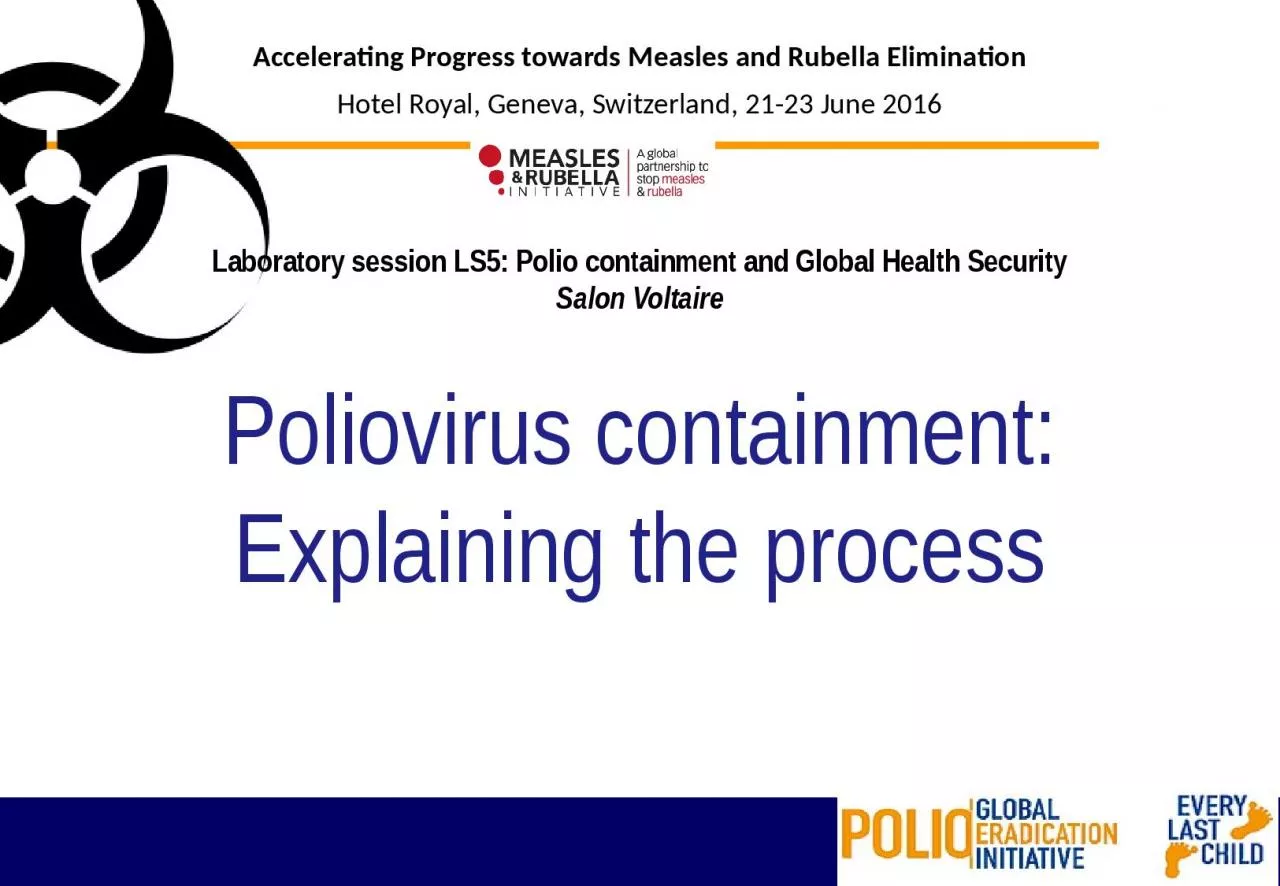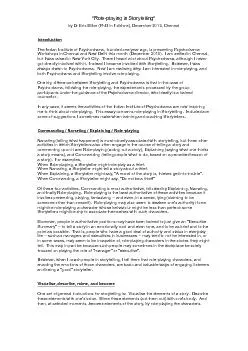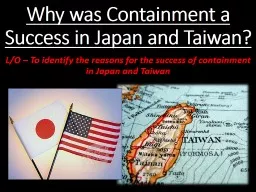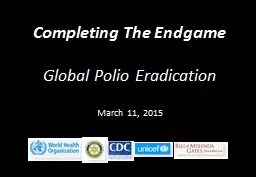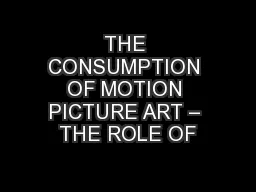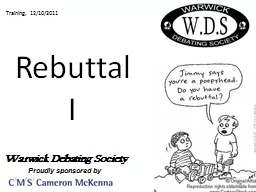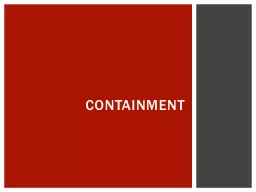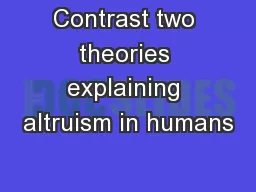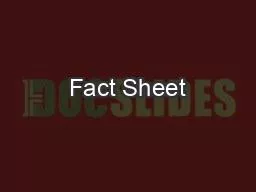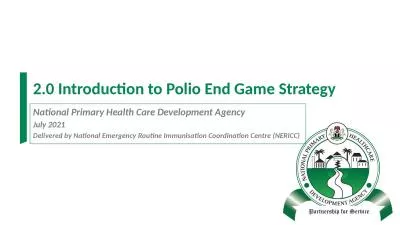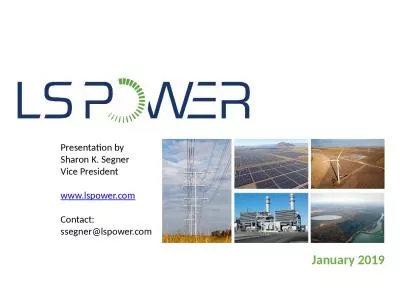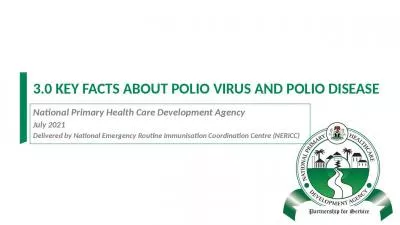PPT-Poliovirus containment: Explaining the process
Author : evelyn | Published Date : 2023-07-27
Laboratory session LS5 Polio containment and Global Health Security Salon Voltaire Accelerating Progress towards Measles and Rubella Elimination Hotel Royal Geneva
Presentation Embed Code
Download Presentation
Download Presentation The PPT/PDF document "Poliovirus containment: Explaining the p..." is the property of its rightful owner. Permission is granted to download and print the materials on this website for personal, non-commercial use only, and to display it on your personal computer provided you do not modify the materials and that you retain all copyright notices contained in the materials. By downloading content from our website, you accept the terms of this agreement.
Poliovirus containment: Explaining the process: Transcript
Download Rules Of Document
"Poliovirus containment: Explaining the process"The content belongs to its owner. You may download and print it for personal use, without modification, and keep all copyright notices. By downloading, you agree to these terms.
Related Documents

